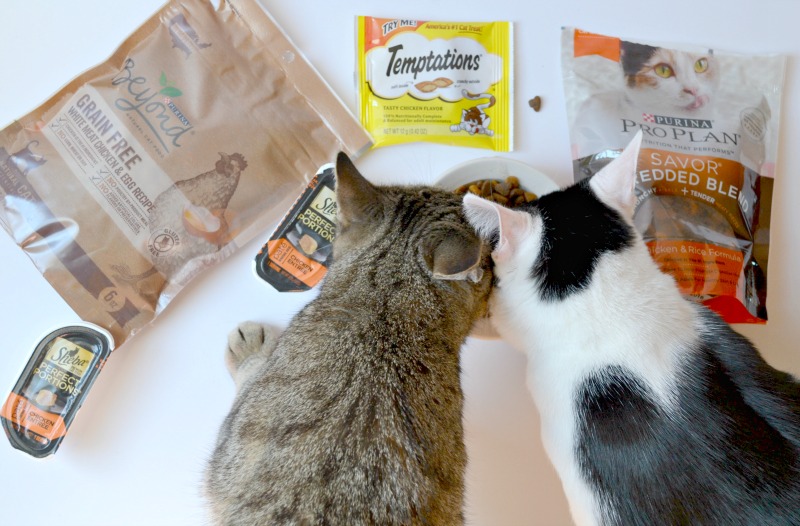Traveling With Your Dog 101: A Beginners’ Guide
Taking along your dog’s feeding bowl with you whenever you travel is one way of encouraging it to eat properly in unfamiliar places. This one good reason why you should get it fun bowls such as those that you see here forthefurry.com/collections/bowls, with distinctive designs that will help your dog recognize its bowl as its own. However, there are many other important considerations when traveling with your dog, apart from helping it feed properly. The following is a basic guide for pet owners who are traveling with their dogs for the first time.
Your Dog’s Health
You need to make sure that your dog is healthy enough for the trip. Take it to the veterinarian’s office to update and maintain its vaccinations. Ask for a certification that it has completed all its shots. If you are traveling by air, you’ll be asked for a copy of its health certifications when you book a flight and sometimes before boarding the plane.
Try and make sure your dog is comfortable in crates if they will be spending a lot of their time in one. Making sure they have all their favorite toys, treats, and medications along with them to make sure everything is as comfortable and safe as possible.
Be Ready for Emergencies
Make a note where the nearest vet clinics and hospitals are from where you are staying during the duration of the trip. Have the contact number of your dog’s regular vet saved on your smartphone or paperwork.
Also writing your dogs medical conditions on their tags just in case they get lost will also be very beneficial and take some of your worries away.
Traveling Crates
Crates provide dogs some semblance of security while traveling, but you’ll have to introduce your pet to the crate a week or so before the trip. It needs to be familiar and feel safe in it. Aside from making it feel secure, it will also help keep it out of trouble in the hotel or wherever may be staying for the trip. Make sure that the crate is large enough for your dog to stand up, lie down and turn. It has to have a bottom that is leakproof and has an absorbent material inside. Crates are required for airline travel.
Chip or Tag
You’ll need to have some way of identifying the dog and with you as the owner. Consider getting a microchip implant, which most veterinary hospitals and shelters can scan. Alternatively, you can get a collar tag with your name and contact details.
This is taking an extra precaution against your dog becoming lost in an area you are not familiar with. It is better to be safe then sorry by getting a a collar with the tag on your dog, or chipping them if you are worried they may lose their collars as well. It is also beneficial to have them wear their collars a couple of weeks before traveling so they can get used to it and not be inclined to try and take them off in the beginning.
Take Your Dog for Rides
If you haven’t taken your dogs on car rides yet, and you plan on driving to your holiday destination, get it used to ride with you weeks before your travel date. Some dogs are naturally nervous when riding in cars and others will be just fine with the experience, it’s good to know where your dog fits so you can act accordingly. While traveling with your dog, don’t let it stick its head out the window. Don’t feed it anything before going on a road trip to avoid car sickness. Just make sure that it has plenty of water to drink. Take quick stops along the way to allow your dog to stretch out and take potty breaks.
Traveling by Plane
Familiarize yourself with airline regulations when it comes to traveling with pets prior to making reservations. Keep in mind that airlines have different regulations, so it will be best to know them when making plans. Most small dogs are able to be in a cage below your seat (if allowed by the airline) and all medium-sized to large dogs will always have to be checked in as baggage or not at all.
There are very special flights that provide, at a high extra cost, have animals ride is specially designed passenger cabins. Although most airlines if they do allow pets are either in a cage with you or checked in as baggage as stated before. This is where you have to make the decision for yourself if you think your animal can withstand being alone and confined to a cage without food and water for an extended period of time or not.
Traveling by Bus or Train
Trains and buses also have their own regulations when traveling with pets. Most have a 20-pound limit on pets while some don’t even allow pets at all. You’ll want to find alternative ways of traveling with your dog to avoid any snags.
Accommodations
“Pet-friendly” is not the only feature that you should look for when booking for accommodations. Give the hotel a call to ask about any restrictions that they may have for guests who are staying with their pets. Make sure to also check for outdoor tourists attractions that are dog-friendly so your dog can get some time out of the hotel and be able to see new environments.
As you make your plans on taking your dog on your next out-of-town trip, you might get overwhelmed with the many issues that you need to address. However, you’ll soon find that traveling with your dog is very rewarding and may even be a better experience than traveling with a human companion.
Pack the Right Supplies
Deciding in advance what supplies your dog will need on your trip is very important in making sure nothing is left behind. The best way to make sure you remember everything is to write a list down on items your dog uses on a daily basis and how much you will need of it. Here’s a good list to go off of:
- Food (according to your dog’s weight)
- Water
- Collar and tag
- Leash and waste baggies
- Their favorite treats
- Small first aid kit
- Pictures of your dog (just in case they get lost)
- Their favorite toys
- Dog bed/Crate/Blanket
This can all be based on your dog’s specific needs and don’t be afraid to overpack since its better to be safe than sorry.


